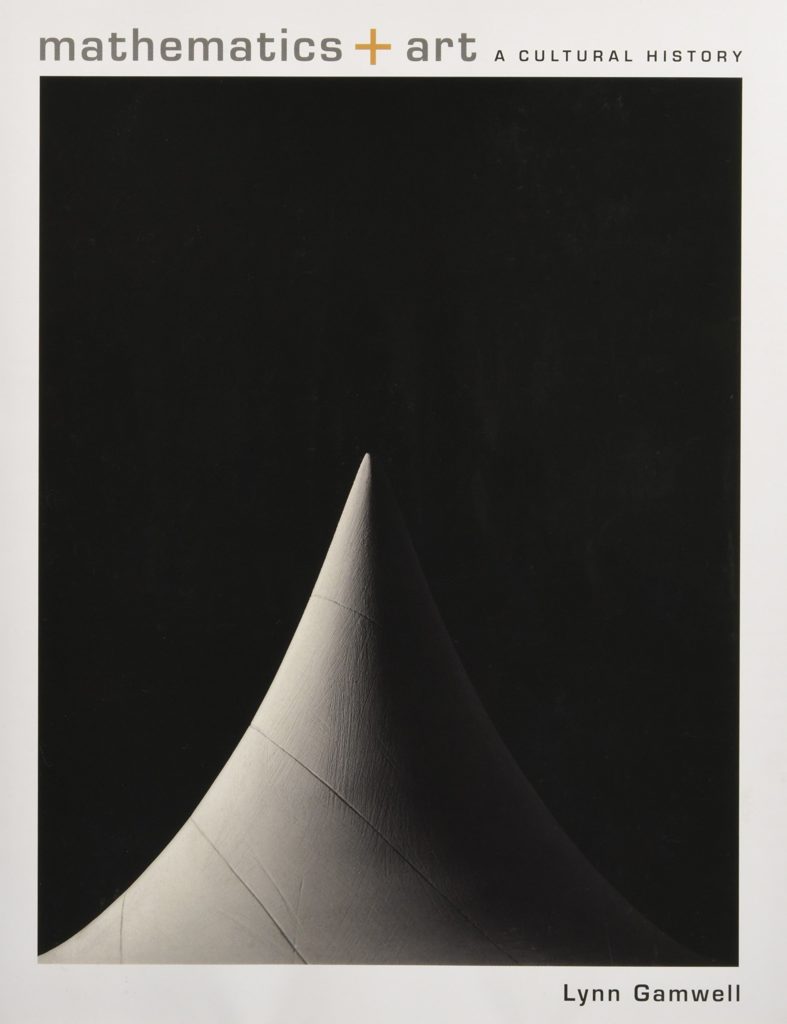Foreword: Mathematics and Art: A Cultural History
From Mathematics and Art: A Cultural History by Lynn Gamwell.

If we line up the traditional sequence of math instruction, we get arithmetic, algebra, geometry, trigonometry, calculus, and a dozen more branches that excite math enthusiasts. While getting lost in the formulas and concepts, we easily forget—or perhaps were never told—that entire branches of mathematical discovery were driven by the urge to figure out how the world around us works. Isaac Newton invented the basics of calculus just to solve a problem of planetary orbits for which the mathematics of his day was inadequate.
And occasionally the reverse is true. Branches of mathematics have arisen, just out of curiosity, that would be wholly lifted into physics once the need revealed itself. Non-Euclidean geometry, which is basically geometry on curved surfaces, was codified in the early 1800s, a century before Albert Einstein needed it, and was thus available on the shelf for him and others to describe the mass-induced curvature of space-time in his general theory of relativity.
Yes, we conjure symbols in our heads and manipulate them, in an effort to abstract what is real into expressions of pure logic. If we believe that numbers and circles exist only in our heads, then this exercise is stunningly, yet unreasonably, effective at describing the behavior of nature at all scales, from atomic nuclei to the contents and structure of the cosmos itself.
Taking this thought a philosophical step further, we might wonder what numbers and circles are. Where do they come from? Perhaps mathematics does not simply describe the universe, but is the universe. Like the invented worlds of immersive video games, generated by thousands of lines of computer code, if we could part the curtains of the cosmos, might we find only equations, furiously calculating all the phenomena we experience?
The value of mathematics to the scientist is clear and present. Given its potency and ubiquity in granting access to the operations of nature, should we be surprised that mathematics has served (and continues to serve) as an irresistible muse for philosophers and artists alike? Isn’t it one of the jobs of the artist to help non-artists interpret the world around us, and the world within us? As long as mathematics is what shapes those worlds, the observant artist cannot help but embrace and express this influence on us all.

